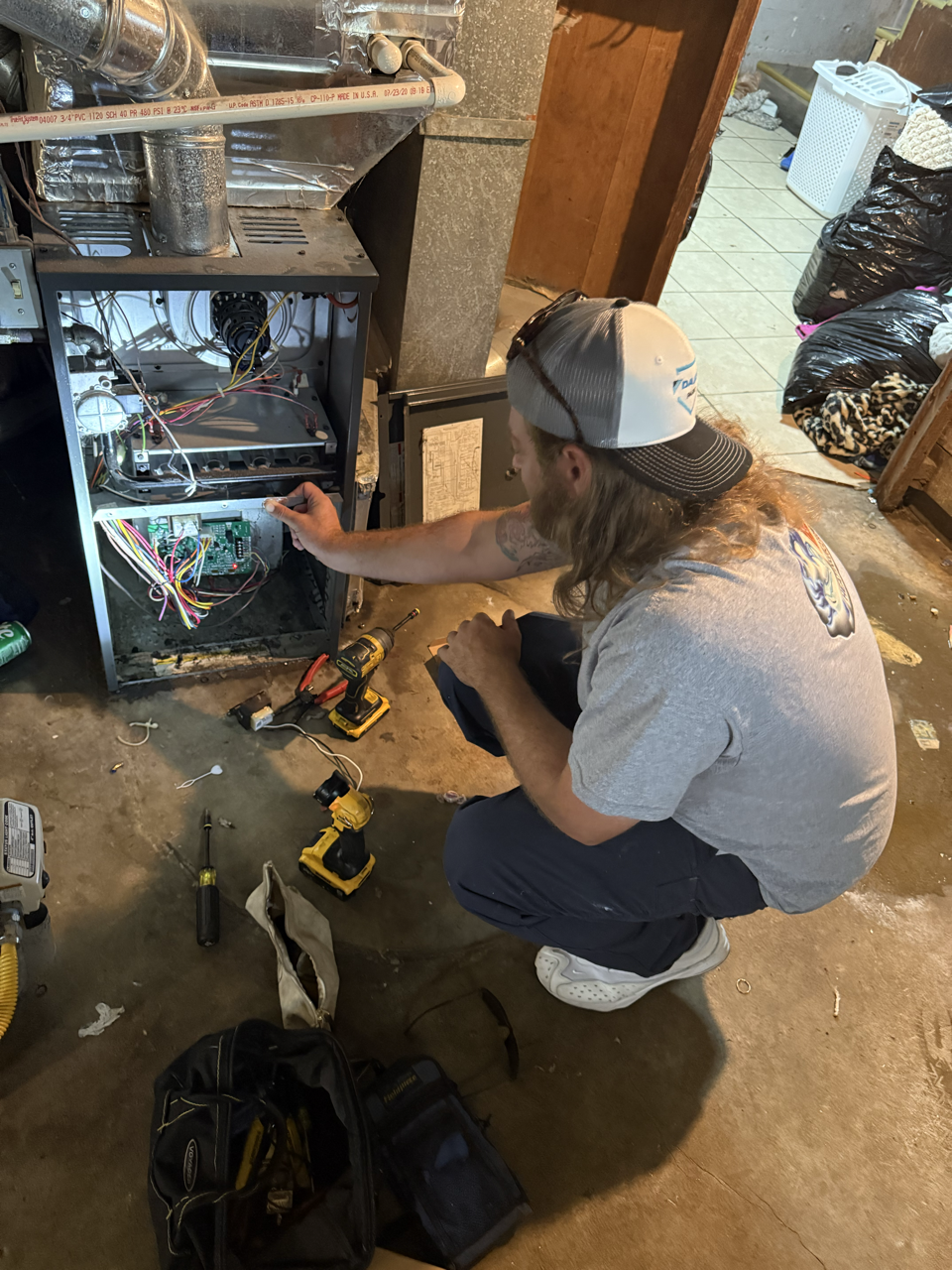Troubleshooting Heat Pump Not Heating? Find Solutions Today!
Troubleshooting Heat Pump Issues: A Practical Homeowner’s Guide to Diagnosing and Fixing Common Problems
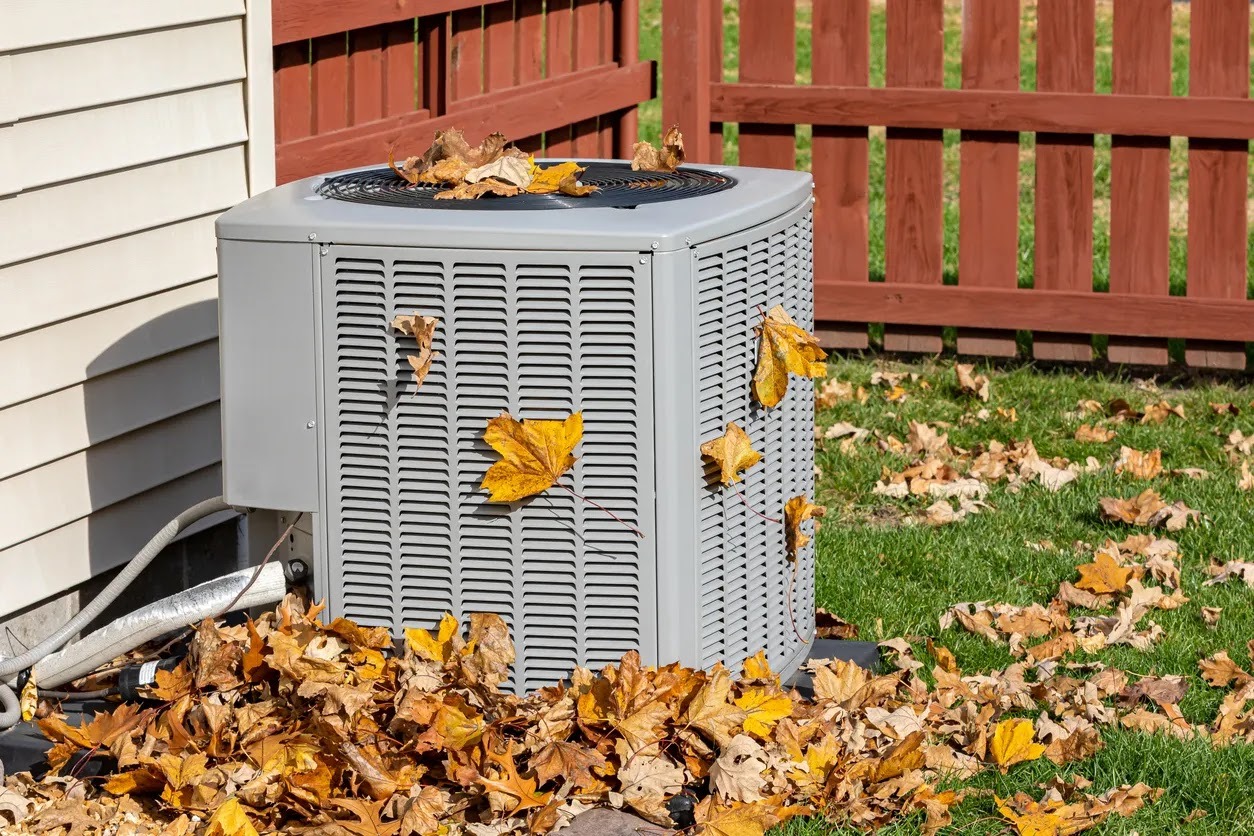
Heat pumps move heat between your home and the outdoors to heat and cool living spaces. Catching problems early keeps your house comfortable, saves energy, and protects the equipment. This guide walks homeowners through practical troubleshooting: why a system stops heating, how to spot and diagnose frozen coils, what common mechanical and electrical failures look like, and when to call in a pro. You’ll find step‑by‑step DIY checks, symptom-to-cause guidance, typical repair cost ranges, and a straightforward maintenance checklist to reduce breakdowns and improve seasonal performance. We use standard HVAC terms—thermostat, compressor, reversing valve, defrost cycle, refrigerant—so you can follow each diagnostic step and know when a problem is homeowner-level or beyond. By the end, you’ll have a clear decision path for repairs, realistic cost expectations, and actionable maintenance tasks to keep your system running well.
Why Is My Heat Pump Not Heating? Common Causes and Solutions
When a heat pump isn’t producing heat, the issue usually falls into one of three buckets: refrigerant and sealed‑system problems, control or settings errors, or airflow restrictions. Low refrigerant reduces heat transfer at the outdoor coil, a stuck reversing valve can stop the unit from entering heating mode, and blocked airflow or the wrong thermostat setting keeps warm air from reaching rooms. Below are the top causes and safe actions homeowners can try before calling a technician. Use this short checklist to match symptoms to likely fixes and prioritize your next steps.
Common immediate causes to check:
- Low refrigerant charge — reduces heat transfer and weakens heating output.
- Thermostat accidentally set to cooling or an incorrect schedule — leaves the unit blowing cold air.
- Restricted airflow from a clogged filter or closed/blocked vents — lowers performance and can lead to icing.
- Stuck reversing valve or failed control board — can leave the system electrically locked in the wrong mode.
These checks help you decide whether the problem is a simple homeowner fix (change a filter, correct thermostat settings) or a sealed‑system or electrical fault that needs a licensed technician. Identifying whether the issue is control‑based, airflow‑related, or refrigerant/mechanical lets you focus repairs and avoid unnecessary expense.
What Are the Main Reasons a Heat Pump Blows Cold Air?
If your heat pump is blowing cold air when it should be heating, the usual causes are: incorrect thermostat settings, a stuck reversing valve, or an insufficient refrigerant charge upsetting the evaporation/condensation balance. The easiest place to start is the thermostat: make sure the system is set to “Heat,” the setpoint is higher than room temperature, and the display and batteries are working. If the thermostat looks correct but the outdoor unit is running and air is still cold, listen for an outdoor fan that never stops or for defrost cycles that don’t run — both can point to reversing valve or control problems. These basic checks separate simple user errors from component failures and tell you whether to call a refrigeration technician.
How Can I Fix Thermostat and Electrical Issues Affecting Heat Pump Heating?

Thermostat and basic electrical checks are generally safe for homeowners and often restore heating. Start by confirming heat mode, replacing thermostat batteries, and checking the setpoint and schedule. Then inspect the indoor and outdoor disconnects and the HVAC breaker in your panel; a tripped breaker or blown fuse will stop the compressor and can appear as no heat or intermittent operation. If breakers keep tripping or wiring looks burned, stop and call a professional — repeating electrical faults usually point to control‑board, capacitor, or motor problems that need a licensed technician. Simple power‑cycling and small thermostat adjustments will often fix control issues; persistent electrical problems require professional diagnosis.
How Do I Diagnose and Resolve Heat Pump Freezing Up Problems?
Freezing up happens when ice builds on outdoor coils or refrigerant lines, which reduces heat transfer and stresses the compressor. Diagnosing it means checking airflow, refrigerant charge, and the defrost function. Low refrigerant lowers coil pressure and temperature and encourages ice; restricted airflow from a dirty filter or blocked outdoor unit reduces incoming heat; and a failed defrost cycle prevents normal ice removal. Start with safe visual checks: make sure airflow around the outdoor unit is clear and fins are free of debris, then watch whether the defrost cycle runs (the outdoor fan should stop briefly and the ice should melt). These steps show whether a homeowner remedy (clear debris, change filter) is likely or whether sealed‑system repairs are needed to protect the compressor.
When ice is present, take these immediate, safe actions:
- Switch the system to “Off” and use backup heat if available to avoid compressor damage.
- Remove loose snow and debris from around the outdoor unit to restore airflow.
- Replace or clean the indoor air filter to improve circulation.
- If ice returns after these steps, power down and schedule a professional inspection.
If icing continues after basic fixes, it usually indicates refrigerant loss or defrost control failure — issues that require licensed service to test pressures and electronics.
What Causes Frozen Coils and Ice Build-Up on Heat Pumps?
Coils freeze when the coil surface drops below freezing while moist air moves across it. Common causes include low refrigerant charge, restricted airflow (dirty filters or blocked outdoor units), or defrost systems that aren’t working. Low refrigerant lowers the evaporating temperature and enlarges the freeze‑prone area on the coil, while poor airflow reduces the heat that keeps the coil above freezing. Signs include heavy ice on the outdoor coil and reduced indoor heat. Short‑term homeowner fixes are restoring airflow and allowing the coil to thaw, but repeated freezing should be diagnosed by a pro to avoid compressor damage.
Diagnosing heat pump faults can be complex; purpose‑built systems and diagnostic methods help identify common failures and keep equipment running reliably. heat pump installation methods can further enhance the efficiency of your systems.
How Does the Defrost Cycle Work and When Does It Fail?
The heat pump defrost cycle either reverses refrigerant flow or adds electric heat briefly to melt frost on the outdoor coil. It runs when sensors detect ice buildup; failures happen when defrost sensors, the defrost control board, or the reversing valve are faulty. For a quick home check, watch whether the outdoor fan pauses and whether the coil warms during defrost intervals; if the unit never defrosts or defrosts too often, a component is likely failing. Reading sensor values and control signals requires diagnostic tools, so defrost‑cycle faults are usually best handled by licensed HVAC technicians. Proper defrost operation restores efficient heat transfer and prevents damaging ice accumulation.
What Are the Most Common Heat Pump Problems and How Can I Identify Them?
Typical heat pump problems include refrigerant leaks, compressor issues, unusual noises, short cycling, and airflow restrictions. Identifying each problem relies on matching symptoms to likely causes and performing simple, safe checks. Refrigerant leaks drop heating capacity and can cause coil freezing; a compressor that hums but won’t start often points to a bad capacitor or motor; unusual sounds—clanking, hissing, squealing—usually map to mechanical or refrigerant issues. The short symptom table below helps you decide whether a DIY check is appropriate or if a professional repair is required.
Symptom mapping for quick decisions:
Use this symptom‑to‑cause table to prioritize safe homeowner checks and know when sealed‑system or mechanical work must be done by a licensed technician to meet regulations and protect your equipment.
How Do Refrigerant Leaks Affect Heat Pump Performance?
A refrigerant leak lowers system pressure and reduces heat transfer, causing longer runtimes, lower indoor temperatures, and sometimes coil freezing. Because refrigerant charge directly affects evaporating temperature, even small losses can noticeably cut heating performance. Leaks often show up near service ports, valve stems, and coil brazes; oil stains or hissing noises can indicate an active leak. Homeowners can use a basic soap‑bubble test on visible fittings to check for obvious leaks, but refrigerant repair and pressure testing require certified technicians. When a leak is found, the repair sequence is to fix the leak, evacuate and recharge the system to the manufacturer’s charge, and verify pressures and performance.
What Do Strange Noises from My Heat Pump Indicate?
Different noises point to different failures: hissing can mean refrigerant leaks or pressure relief events; clanking often comes from loose hardware or damaged fan blades; squealing usually signals motor or belt wear; buzzing can indicate electrical issues or failing contactors. If a noise is loud, sudden, or accompanied by burning smells, shut the unit down immediately. For safer troubleshooting, visually inspect panels and fan blades (with power off), note when the noise occurs (startup, run, defrost), and record what you hear. Persistent mechanical or electrical noises typically require a trained HVAC technician to inspect bearings, capacitors, and mounting hardware — running a compromised compressor risks major failure.
Compressor problems account for a large share of heat pump warranty claims and often drive both repair frequency and cost.
How Can I Troubleshoot Heat Pump Issues Myself? Step-by-Step DIY Guide
Homeowner troubleshooting should focus on safe, low‑risk checks that determine whether the issue is routine maintenance or a job for a pro. Start with power and controls: confirm thermostat settings and breaker status. Then inspect and replace dirty air filters and clear vents to restore airflow. Next, observe the outdoor unit — look for fan rotation, unusual noises, or icing — and check whether the defrost cycle runs. The DIY checklist below lists practical steps, tools you’ll need, and expected outcomes so you can track each action and know when to stop for safety.
DIY troubleshooting checklist:
These steps make a printable checklist to isolate common problems without touching sealed components. Any step involving refrigerant, brazing, or complex electrical diagnosis should be left to a licensed technician.
How Do I Check and Replace a Dirty Air Filter?
A dirty filter reduces airflow, cuts heat output, and can contribute to outdoor coil icing, so it’s always the first thing to check. Find the return grille or the air handler’s filter slot, power down the system, remove the filter, and hold it up to light — if it’s dark or caked with dust, replace it. Use the correct size and a MERV rating your system supports: higher MERV filters trap more particles but can restrict airflow if the system can’t handle them. Replacing the filter usually restores airflow and reduces run time; if performance is still poor after a fresh filter, move on to electrical and outdoor checks or call for professional maintenance.
What Are the Basic Electrical and Thermostat Checks I Can Perform?
Basic electrical and thermostat checks are generally safe and often solve control‑related heating problems. Check the HVAC breaker in your main panel and the outdoor disconnect; reset any tripped breakers and see if they hold when the system runs. At the thermostat, change batteries, confirm the correct mode and schedule, and check for loose wiring if you’re comfortable removing the cover. If breakers trip repeatedly, fuses blow, or wiring appears overheated or melted, stop and call a licensed technician — those are signs of hazardous electrical faults.
When Should I Call a Professional for Heat Pump Repair? Key Signs and Urgent Issues
Some symptoms signal unsafe or system‑level failures that require immediate service by licensed HVAC technicians. Red flags include refrigerant leaks, compressor failures, persistent freezing after airflow fixes, burning smells, frequent breaker trips, and visible oil stains that indicate a sealed‑system breach. Delaying service for these issues can lead to expensive damage or complete system replacement. Regulatory rules also require certified handling for refrigerants and certain electrical repairs. Use the red‑flag list below to know when to stop DIY and call for help.
Clear red flags that require a professional:
- Persistent ice on the outdoor coil after clearing debris and replacing the filter — indicates sealed‑system or defrost control failure.
- Hissing plus reduced heating or cooling performance — likely refrigerant leak.
- Burning smells or visible smoke — shut down immediately and call a technician for electrical inspection.
- Repeated breaker trips or a compressor that hums but won’t start — points to motor, capacitor, or control‑board failure.
Calling a professional promptly limits damage, protects warranties, and ensures refrigerant and electrical work meet safety and legal standards. For dependable local service in Taylorsville and nearby areas, 3D Heating and Cooling offers heat pump repair, maintenance, installation, and replacement with transparent pricing and professional workmanship.
Conclusion
Good troubleshooting keeps your home comfortable and your system reliable. By learning the common causes of heat pump problems and following the simple checks in this guide, you can solve many issues yourself and know when to call a professional. For persistent or complex problems, reach out to the pros — 3D Heating and Cooling is ready to help you diagnose, repair, or replace your heat pump with clear explanations and dependable service.
hear what our satisfied clients have to say

Now Offering Financing Options with Affordable Monthly Payments
Service Areas
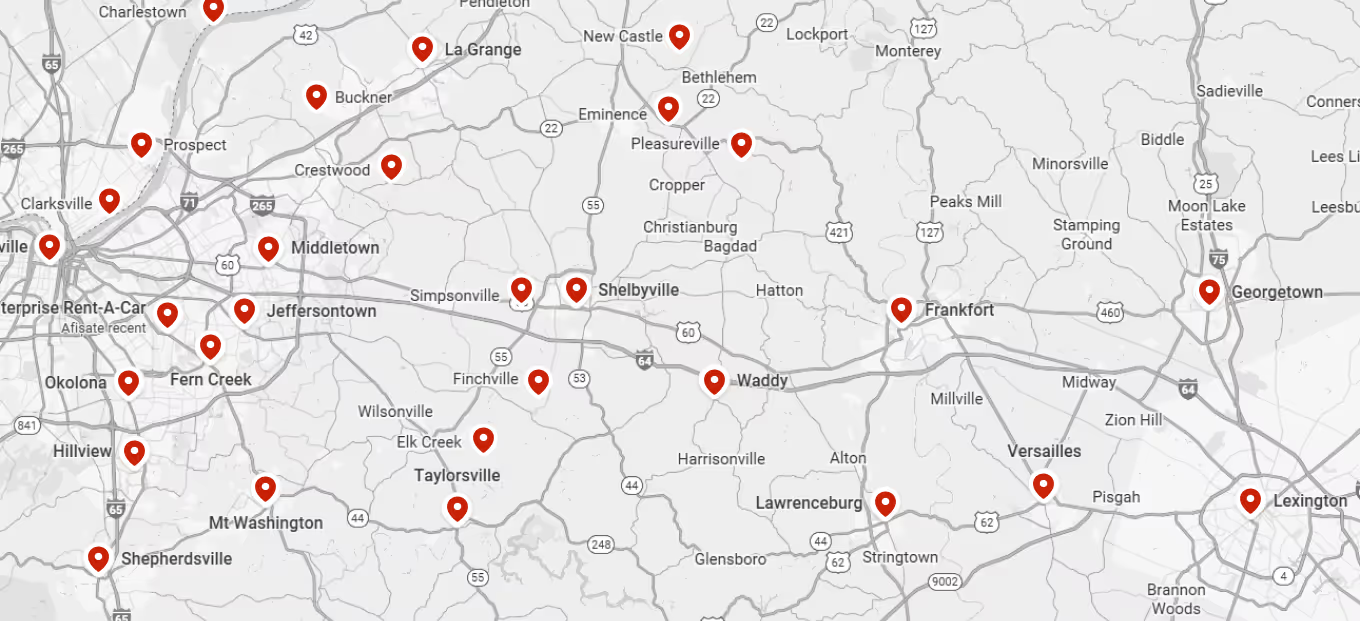
Short Heading Goes Here

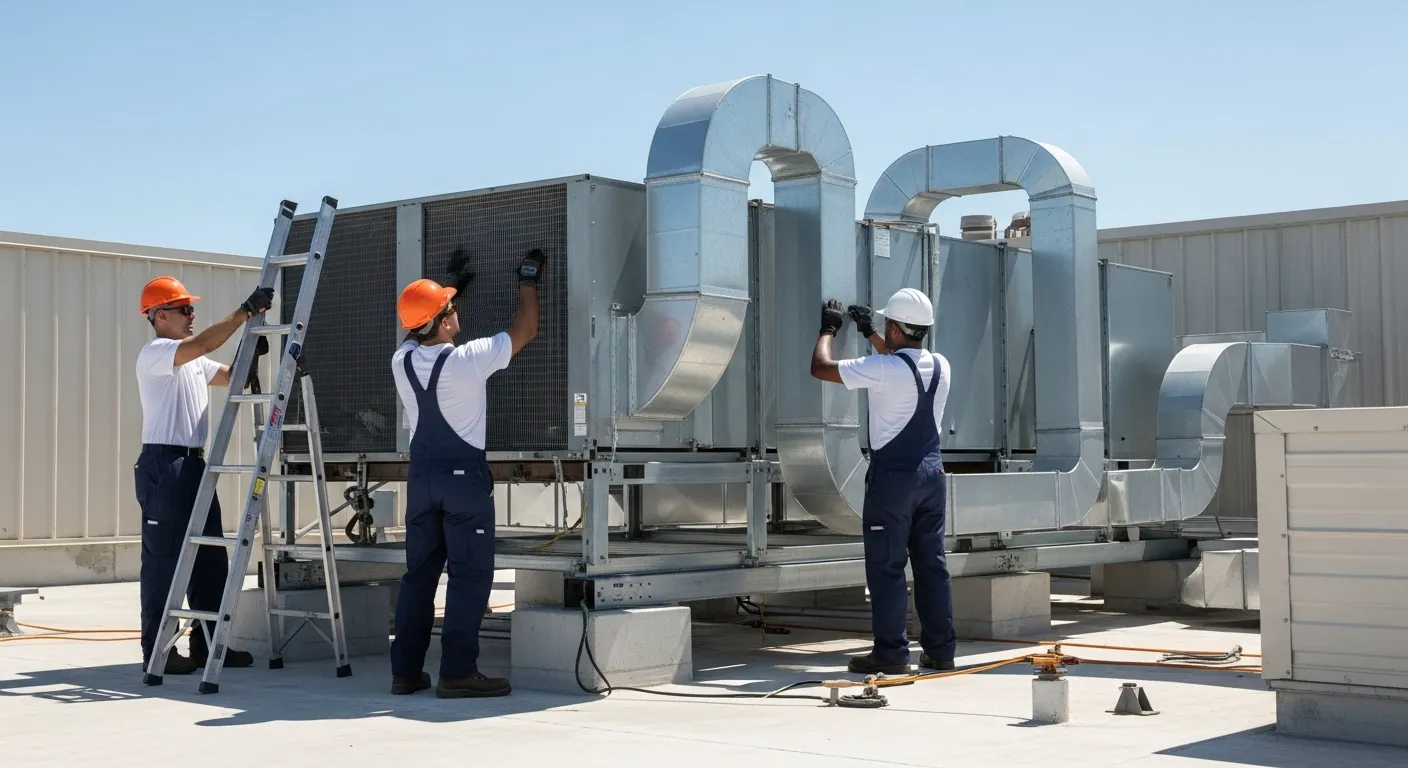
Understanding HVAC Systems
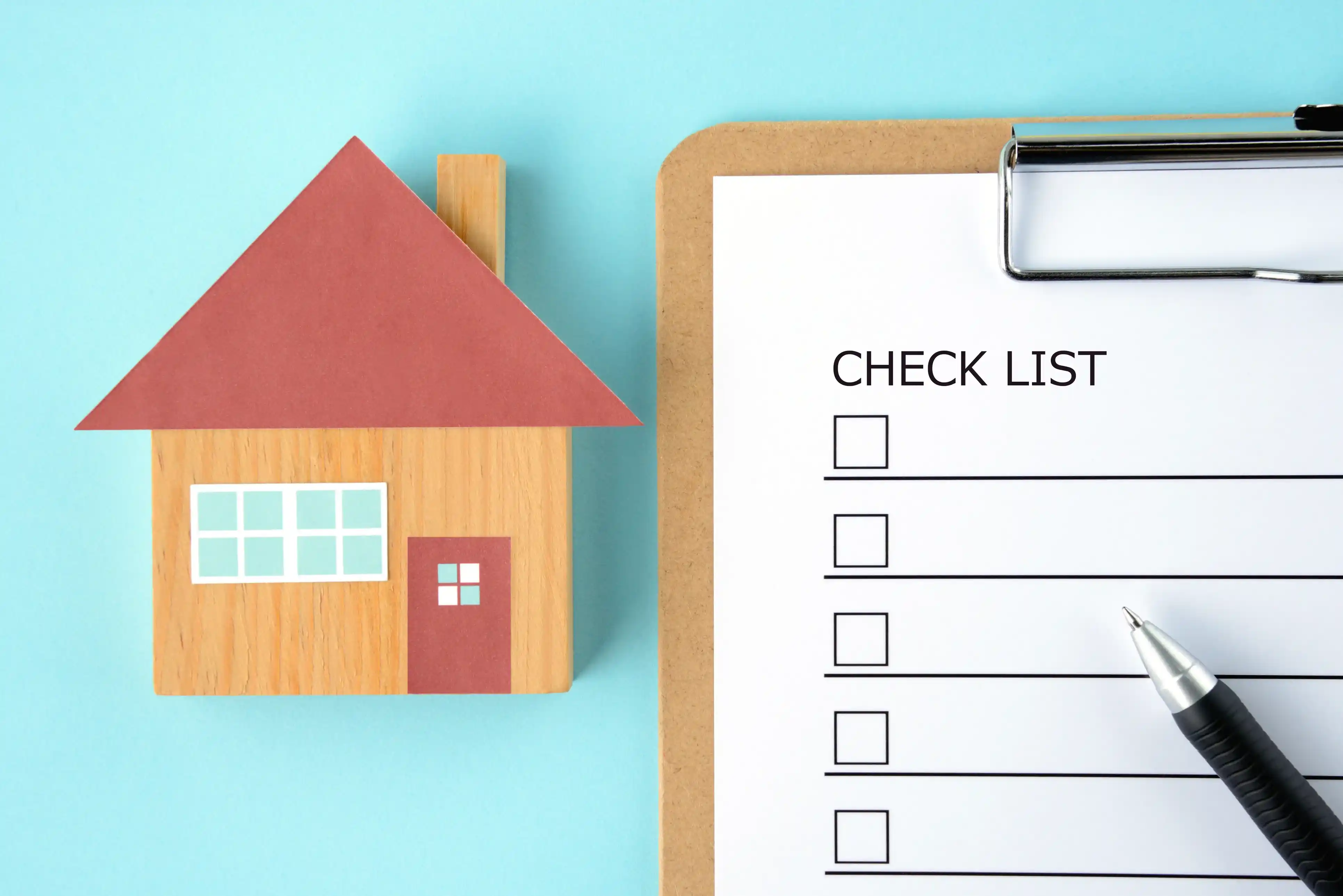


.svg)


.avif)


